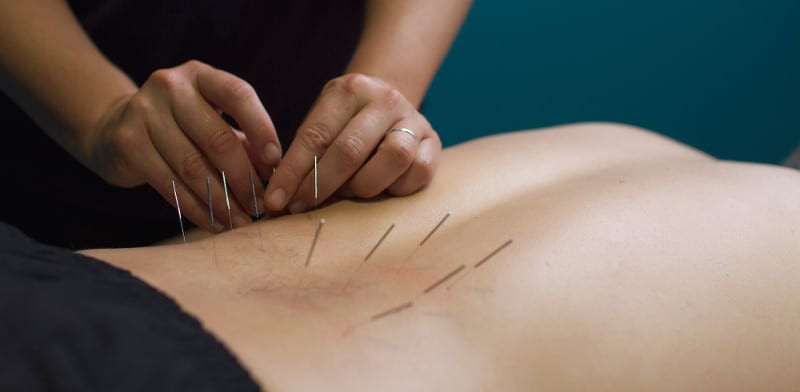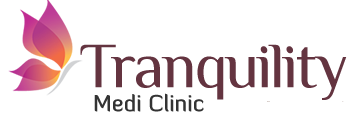Physical Therapy, Spinal Manipulations and Sports Injury Treatments
Physical therapy involves deep tissue massage, neuro-muscular techniques, muscle energy techniques, soft tissue mobilization, adjustments of the spine and joints, traction of the spine, electro-therapy (ultrasound, electric muscle stimulation, Chinese cupping, shock wave therapy, infrared heat), and dry-needling if required.
Liz’s physical therapy was established in 2008, and we are now under the umbrella of Tranquillity Medi Clinic, we strive to deliver the best possible service and care for our patients, always considering the patient first. Our central objective is to provide the highest standards of patient care. We also pride ourselves in having a very, high success rate of injury recovery. Our aim is to get our patients back to doing the sport’s they enjoy as soon as possible.
We plan to provide the best Physical Therapy and Rehabilitation to all ages. Our care will encompass the present problems as well as the injury prevention measures.
We also provide, VHI, Irish Life, Laya, Aviva, and Garda Vetting Health Insurance for our customers

Injuries treated include:
- neck & shoulder pain
- chronic back pain
- lower back pain
- Bell’s Palsy
- TMJ
- sciatica
- tendonitis
- frozen shoulder
- rotator cuff injuries
- slipped discs
- tennis elbow
- golfers elbow
- bursitis of the elbow
- RSI (repeditive strain injury
- carpel tunnel syndrome
- achilles tendonitis
- achilles tendon rupture
- plantar fascilitis
- ankle sprains
- arthritis
- fallen arches
- shin splints
- runners knee
- jumpers knee
- hamstrings strain
- quad strain or ruptures
- bakers cysts
- bursitis of the knee
- meniscus damage of the knee
- ligament damage
If you have suffered from a recent injury or if you suffer from, long term chronic injury’s or arthritis pain, contact Liz on 0504 90519.
1 hr – €50, 1hr 30mins – €70
Physical Therapy Services
Physical therapy involves deep tissue massage, neuro-muscular techniques, myofascial release, muscle energy techniques, soft tissue mobilization, adjustments of the spine, adjustments of the peripheral joints, traction of the spine, electro-therapy (ultrasound, electric muscle stimulation, Chinese cupping, shock wave therapy, infrared heat), and dry-needling if required.
Deep tissue sports massage
Sports massage is a form of bodywork geared toward participants in athletics. It is used to help prevent injuries, to prepare the body for athletic activity and maintain it in optimal condition, and to help athletes recover from workouts and injuries. Every athlete can benefit from sports massage in-between regular training sessions. Massage therapy is a long-term solution for muscle performance and injury rehabilitation and prevention. It takes time and several sessions to achieve the intended effect. Most of all, it requires the skills of a professional therapist. It is excellent for the breakdown of scar tissue, muscle adhesions and to get rid of tension, lactic acid and excess fluid in the body.
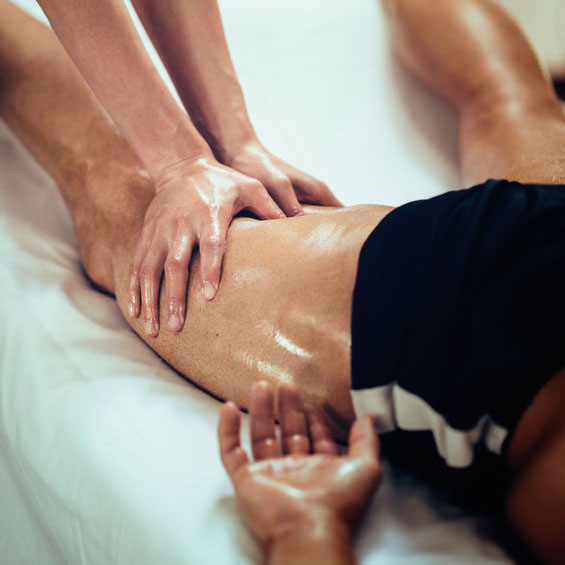
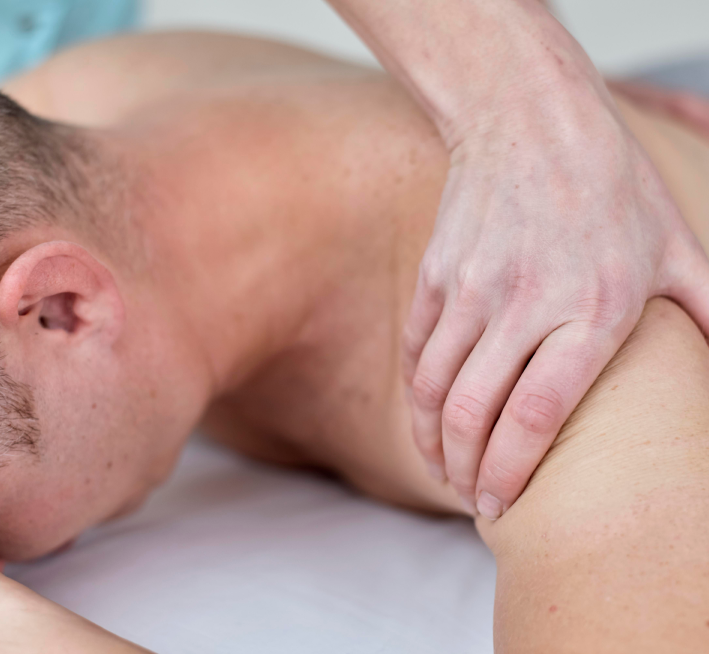
Myofascial Release
Myofascial release is a type of physical therapy often used to treat myofascial pain syndrome. Myofascial pain syndrome is a chronic pain disorder caused by sensitivity and tightness in your myofascial tissues – the tough membranes that wrap, connect and support the muscles. These tissues surround and support the muscles throughout your body.
Neuro-Muscular Techniques
Neuromuscular Technique (NMT) is commonly used to not only assess dysfunctional tissues but also to treat them. The technique involves the therapist applying pressure to sensitive points of muscle tension widely referred to as Myofascial Trigger Points (MTPs). NMT can be performed by hand or to aid with the application of the technique. There are many theories as to how and why NMT's can be used to relieve muscle tension and pain. One such theory proposes that Neuromuscular Technique's (NMT's) have their effects due to reflex mechanisms (reflex arc) and more specifically the pain-spasm-pain cycle. Usually, when one's body feels pain the body's natural reaction is for tissues to tense up and move away from the painful situation. Pain is one of many types of stressor that can initiate the human fight, flight, freeze stress response and tensing tissues is a way of body trying to armour itself from physical trauma,
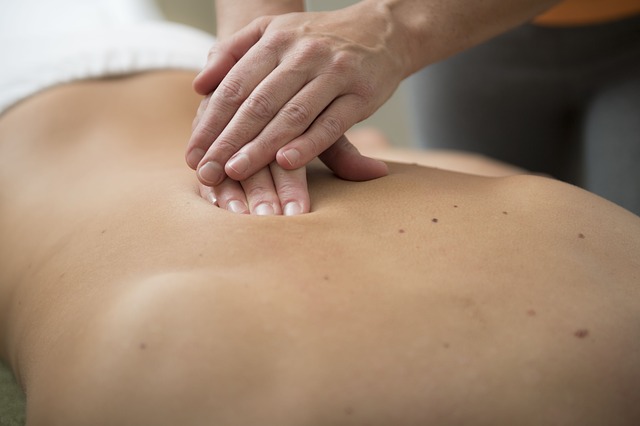
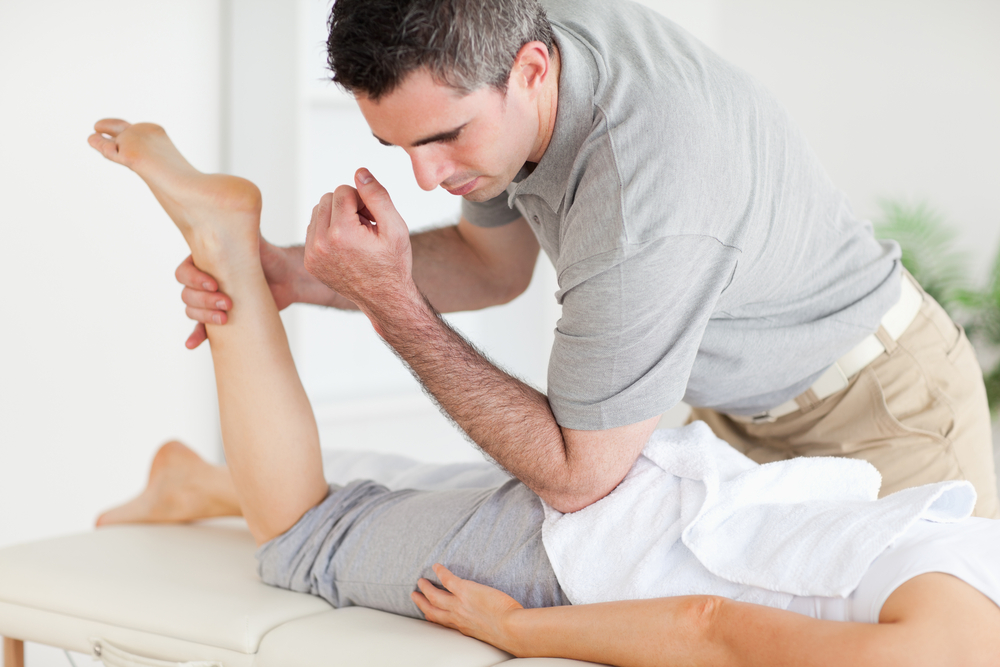
Muscle Energy Techniques
energy in the form of gentle isometric contractions to relax the muscles via autogenic or reciprocal inhibition, and lengthen the muscle. As compared to static stretching which is a passive technique in which therapist does all the work, MET is an active technique.
Muscle Energy Techniques can be used for any condition in which the goal is to cause relaxation and lengthening of the muscles and improve range of motion (ROM) in joints. Muscle energy techniques can be applied safely to almost any joint in the body. Many athletes use MET as a preventative measure to guard against future injury of muscles and joints. It is mainly used by individuals who have a limited ROM due to facet joint dysfunction in the neck and back, and for broader areas such as shoulder.
Soft Tissue Mobilization & Stretching
Soft-tissue mobilization therapy is used to treat some kinds of soft tissue injuries. It’s a type of manual therapy. Some people believe it can help relax tense muscles. reduce scar tissue. stretch fascia. lengthen fascia. Soft tissue injury is an umbrella term. It covers any type of injury to your soft tissues. These injuries usually affect your muscles, tendons, or fascia. Fascia are the connective tissues that surround, connect, or support your: Soft tissue injuries often occur when your muscles are abnormally tense.
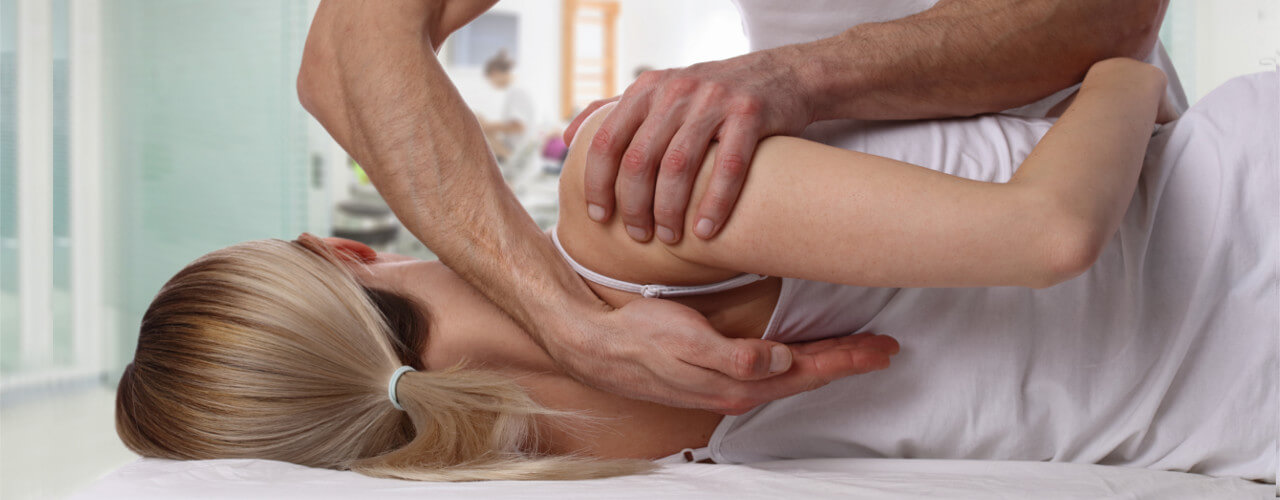
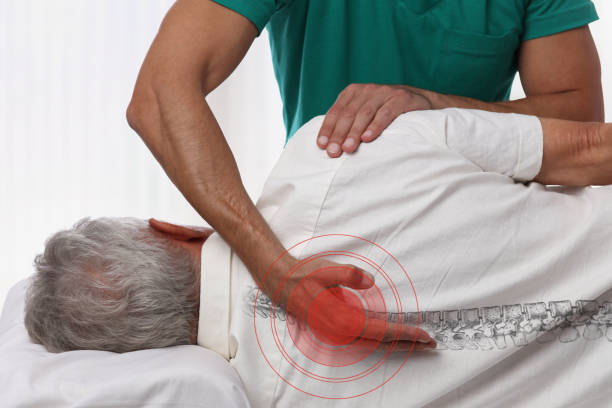
Adjustments of the spine
Your body needs a spinal adjustment if you have an active lifestyle. Physically fit people will benefit tremendously from a spinal adjustment. When you have a spine that is correctly aligned and you then work to strengthen the muscles of your back, your spine will stay aligned properly.
Traction of the spine:
Spinal traction is a form of decompression therapy that relieves pressure on the spine. It can be performed manually or mechanically. Spinal traction is used to treat herniated discs, sciatica, degenerative disc disease, pinched nerves, and many other back conditions.
Adjustments of the peripheral joints
Knee, Ankle, Hip, Wrist, Elbow & Shoulder)
An adjustment helps restore joint mobility by manually applying a controlled force into joints that have become restricted in their movement because of tissue injury. This type of injury can occur from a single traumatic event such as lifting something heavy incorrectly, or through repetitive stresses, such as sitting improperly for an extended, period of time.
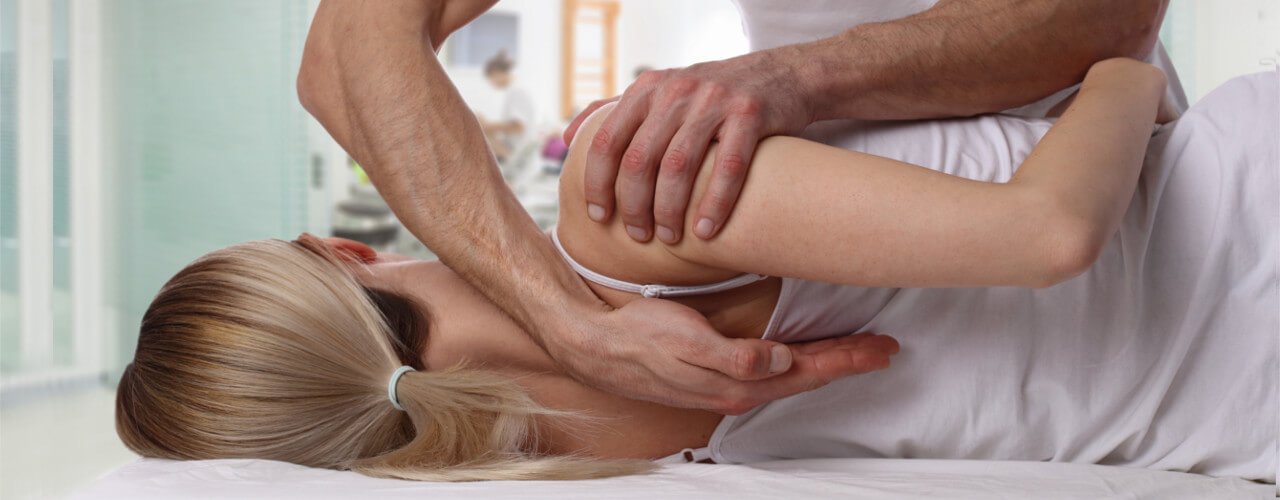
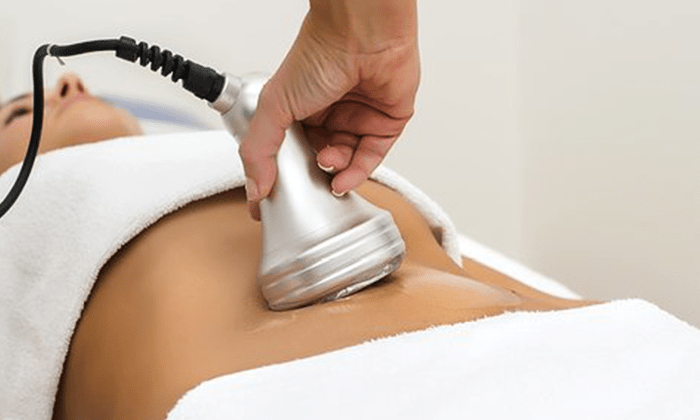
Ultrasound
Therapeutic ultrasound is a treatment modality commonly used in physical therapy. It is used to provide deep heating to soft tissues in the body. These include muscles, tendons, joints, and ligaments. Ultrasound in physical therapy is not to be confused with diagnostic ultrasound, which is an ultrasound that is used to see the inside of the body, such as checking on a fetus during pregnancy.
What Does Ultrasound Do?
Deep heating effects
Ultrasound is often used to provide deep heating to soft tissue structures in the body. Deep heating tendons, muscles or ligaments increase circulation to those tissues, which is thought to help the healing process. Increasing tissue temperature with ultrasound is also used to help decrease pain.
Electric muscle stimulation
Neuromuscular electrical stimulation, or NMES, uses an electrical current to contract a specific group of muscles or single muscle. Your physical therapist may place electrodes on the skin in multiple places, so he or she can recruit the appropriate muscle fibers.
Physical therapists use electrical stimulation to improve the way your affected muscles contract. The physical therapist can change the current setting, or strength, to allow for a forceful or gentle muscle contraction. In addition to increasing muscle function, the muscle contractions also promote blood flow to area that assists in the healing process. Neuromuscular electrical stimulation may also be used to decrease muscular spasm by artificially tiring your muscle in spasms. This allows the muscle to relax. This treatment also retrains the muscles to function properly after an injury.
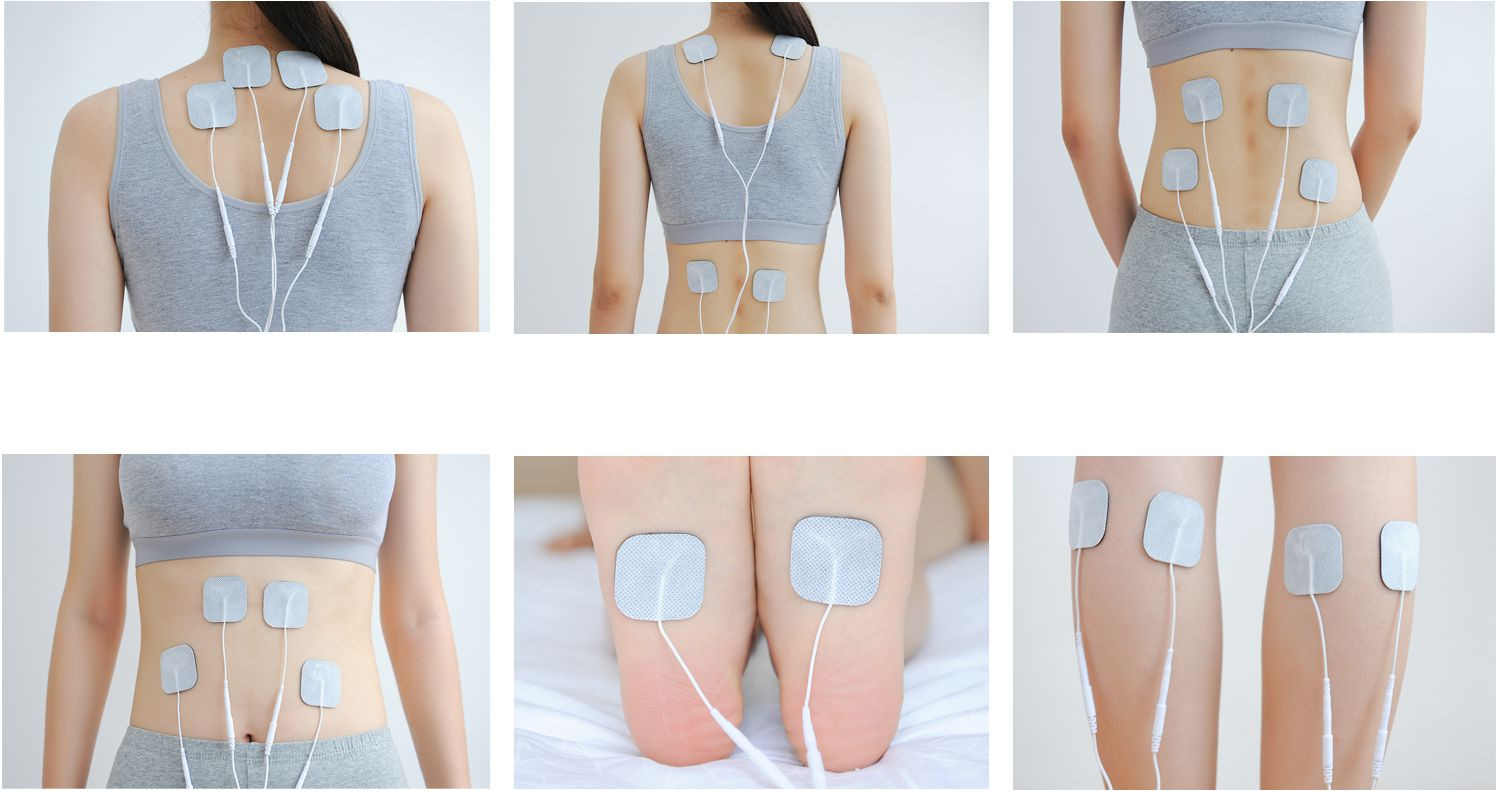
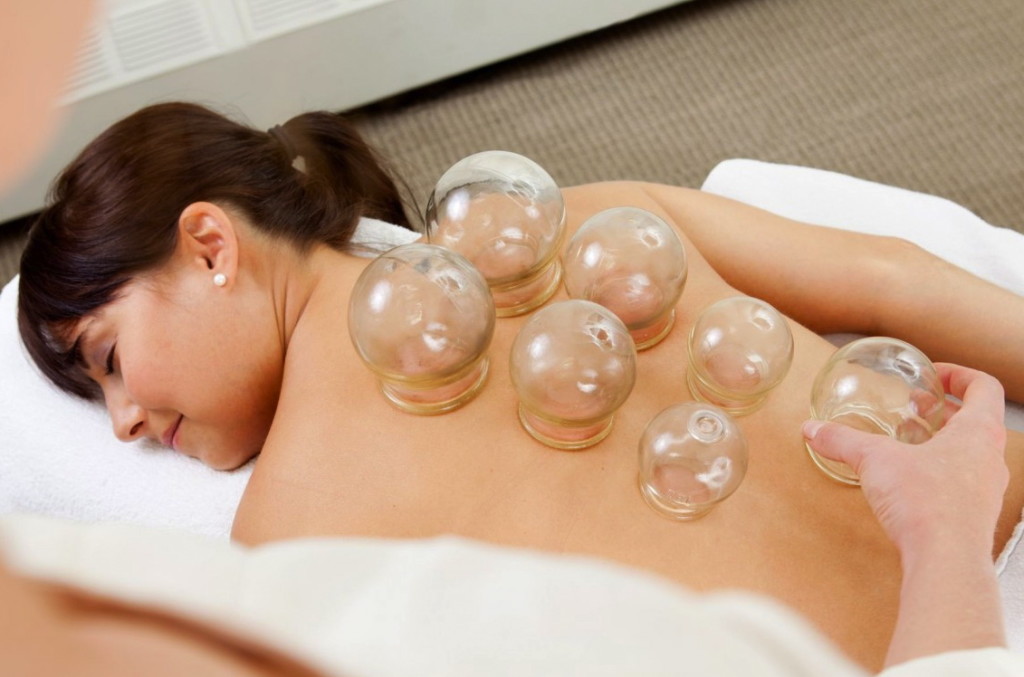
Chinese Cupping
Cupping is a massage technique used to create local suction on the skin. Cupping originates from traditional Chinese medicine to improve functioning and well-being. The hand -held plastic suction cups can be applied to different regions of the body, the most common being the back, shoulders and neck. Applying the suction cups to the skin creates a partial vacuum which lifts layers of soft tissue into the cup. Cupping helps to reduce adhesiveness connections between the various layers of soft tissue such as skin and muscle.
This specific massage technique can increase hydration and blood flow to the surrounding tissues. Cupping is beneficial when applied during a number of circumstances such as relaxation, tight muscles, scared tissue, improving circulation and Increases healing.
Shockwave Therapy
Shockwave therapy is a multidisciplinary device used in orthopaedics, physiotherapy, sports medicine, urology and veterinary medicine. Its main assets are fast pain relief and mobility restoration. Together with being a non-surgical therapy with no need for painkillers makes it an ideal therapy to speed up recovery and cure various indications causing acute or chronic pain.
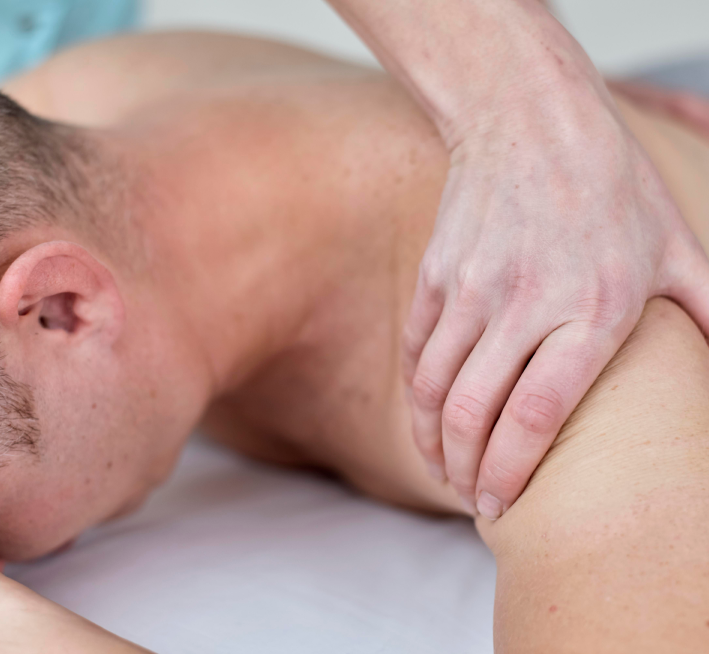
Infrared Heat
The red and infrared therapy work by using a form of energy called “Photons” that allows the light to penetrate deep into the body tissue, during the process it can ease pain and help to repair damaged tissue. When the light hits the damaged cells, it stimulates a process called photobiostimulation. Photobiostimulation can increase the cellular metabolism rate, which is part of the process that helps repair the damaged cells while also being able to stimulate the immune, lymphatic, and vascular systems. The photobiostimulation process also appears to reduce inflammation.
There are many different benefits to using infrared heat as it, reduces inflammation and pain, increases circulation, relaxation of muscles, relieves muscle spasms, and joint stiffness.
It can be particularly beneficial if you are dealing with any of the following conditions, arthritis, Lower back pain, neck pain ,bone breaks, carpal tunnel syndrome, fibromyalgia, Foot pain (Plantar fasciitis),Knee pain, post-surgical procedures, ,sciatica, ,shoulder pain, sprains, torn ligaments and tendonitis
Dry-needling
What is Myofascial Trigger point Dry Needling?
Myofascial Trigger Point Dry Needling involves the insertion of a filament needle into a target muscle directed specifically at a Myofascial Trigger Point. A primary aim of Myofascial Trigger Point Dry Needling is to achieve a local twitch response, in turn reducing tension and pain. Myofascial Trigger Point Dry Needling is an effective treatment for chronic pain of neuropathic origin and has been demonstrated to have very few side effects. This technique is unequalled in eliminating neuromuscular dysfunction of a Myofascial Trigger Point.
What is the difference between Myofascial Trigger Point Dry Needling and Acupuncture?
Traditional Acupuncture works on the understanding that there is an energy flow, the Qi, or Chi, in the body. It is believed by Acupuncture professionals that if there is a blockage in the energy flow, it can create problems. These problems could range from sinus infections to common flu. The idea behind Acupuncture is to attempt to clear these blockages, allowing for balance in the body.
Myofascial Trigger Point Dry Needling, on the other hand, deals exclusively with the neuromuscular aspect of a muscle. Myofascial Trigger Point Dry Needling relieves pain by inserting filament needles directly into Trigger Points within the muscle. Sometimes it is enough to insert the needle within half an inch of the Trigger Point to release it. This causes a local twitch response, which signals that the Trigger Point has been released. Myofascial Trigger Point Dry Needling is a scientifically proven method to relieve muscle pain, nerve pain and referral pain.
Myofascial Trigger Point Dry Needling is not the same Acupuncture. Acupuncture is part of traditional Chinese medicine, whereas Myofascial Trigger Point Dry Needling is strictly based on Western medicine principles and scientific research.
